From cave paintings, etchings, and portraits to photos and film, capturing images has always been a necessity in human culture. The photos we snap with our phones each day now are automatically saved to the cloud and preserved for as long as we need them — but for older printed photos, it’s a different story. Images fade, paper degrades, and accidents happen, limiting the longevity of even the most well-kept records.
The solution to this problem, as you might guess, is digitization. Any photo you can search for and find on the internet has been digitized, including some of the most iconic images to exist. If you’re having trouble bringing any such photos to mind, we have a few examples to jog your memory.
In this post, we’ll be taking a look at some of the most famous black-and-white photos of all time and exploring what makes them so special and enduring.
Raising the Flag on Iwo Jima
Winning the photographer a Pulitzer Prize, becoming the model for a war memorial, and raising U.S. morale during World War II are just some of the achievements this photo can lay claim to.
It’s a photo that nearly everyone in the world has seen, taken in the midst of battle — in fact, the first time the Marines tried to plant the flag on Iwo Jima Island’s Mount Suribachi, they were interrupted by a Japanese attack. Capturing the mountain peak didn’t bring an end to the fighting on the island, and the picture doesn’t capture the first time the flag was planted but the image stirred up hope and determination in millions of Americans back home.
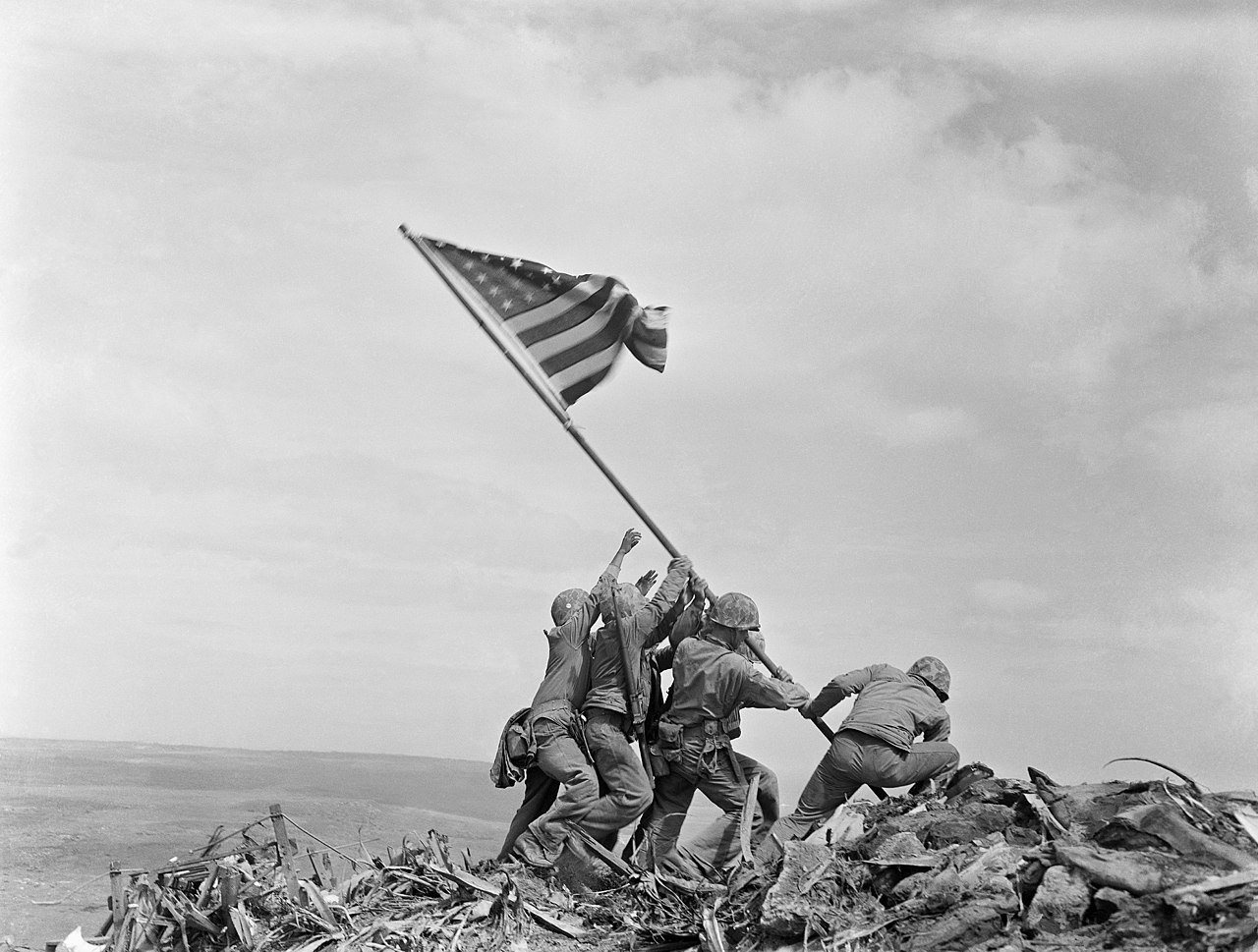
By Joe Rosenthal
War is Hell
During the Vietnam War, it was common to see American soldiers with graffiti written on their helmets, a trend that led to this photograph from 1965. The young American poses for the camera with a laid-back smile, all the while sporting a helmet with the words “war is hell” written across it.
It’s a powerful image due to its outward similarity to morale-raising war propaganda — photos that showed healthy, smiling soldiers alongside acts of heroism and glory — but the message propaganda photos try to hide is written plain as day across the boy’s helmet. While the soldier in the photo was unidentified for a long time, it is now known to be Larry Wayne Chaffin from St. Louis.
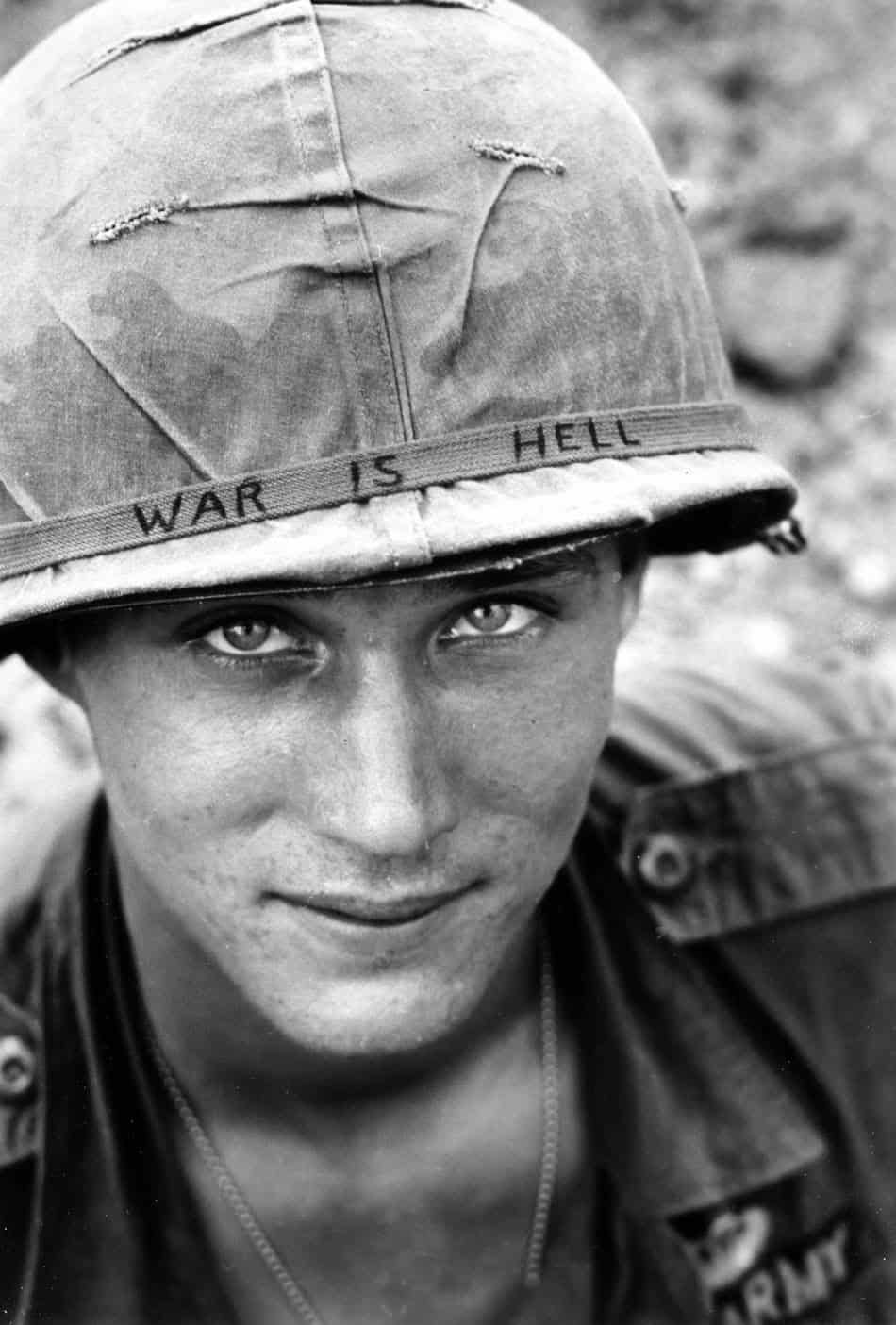
By Horst Faas
1968 Olympics Black Power Salute
The picture of athletes Tommie Smith and John Carlos raising their fists in salute on the Olympic podium made front pages all around the world. At the time, it was considered shocking and inappropriate by many people, and the act of protest resulted in death threats toward the athletes and their families.
Now, however, the photo is an enduring symbol of the Civil Rights Movement. Along with Smith and Carlos, the Australian silver medalist also pictured wore a human rights badge on his jacket in support of the protest.

By AFP/Getty Images
Lunch Atop a Skyscraper
This is another widely known shot, and yet both the men pictured and the photographer are unknown. Originally titled “Builders of the City Enjoy Luncheon,” it’s often thought that the image shows the building crew from the Empire State Building. However, it was actually a publicity shot during the construction of the 69th floor of the 30 Rock building.
People have since attempted to find out more about the men on the beam and have unearthed a few potential names, but surprisingly limited records of the crew still leave much uncertainty around this iconic snap.
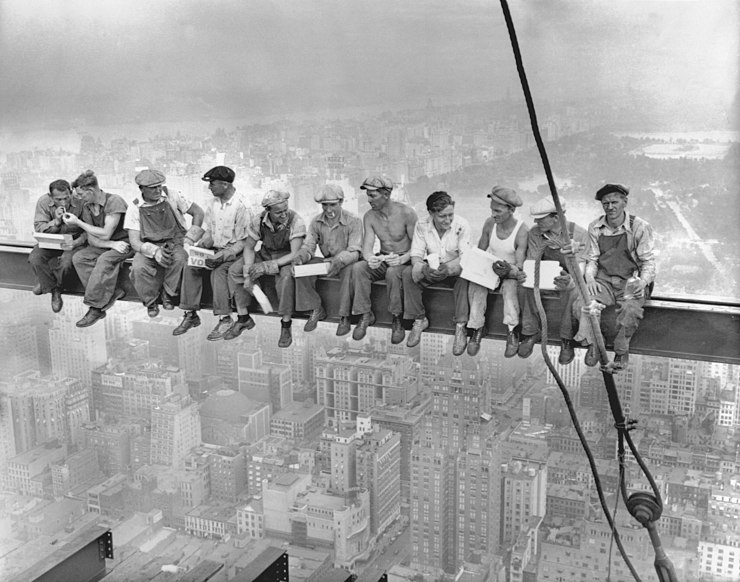
By Unknown
Ali and Liston
One of the most extraordinary photos of all time, capturing one of the most extraordinary athletes of all time. There is both a black and white and color version of this famous photo but both depict the same scene — Muhammad Ali towering over a floored Sonny Liston during their heavyweight title rematch.
The fight only lasted for two minutes and eight seconds and its result, as iconic as it is, is rife with rumors. Though filmed, it’s hard to see the punch that drove Liston to the floor and some claim that he took a dive. One might also think that the photo captures the moment of victory, but Liston did in fact get up after this shot and attempt to continue, although he missed the count and the win was given to Ali.
What the shot does capture, though, is a famous quote from the winner: “Get up and fight, sucker.”
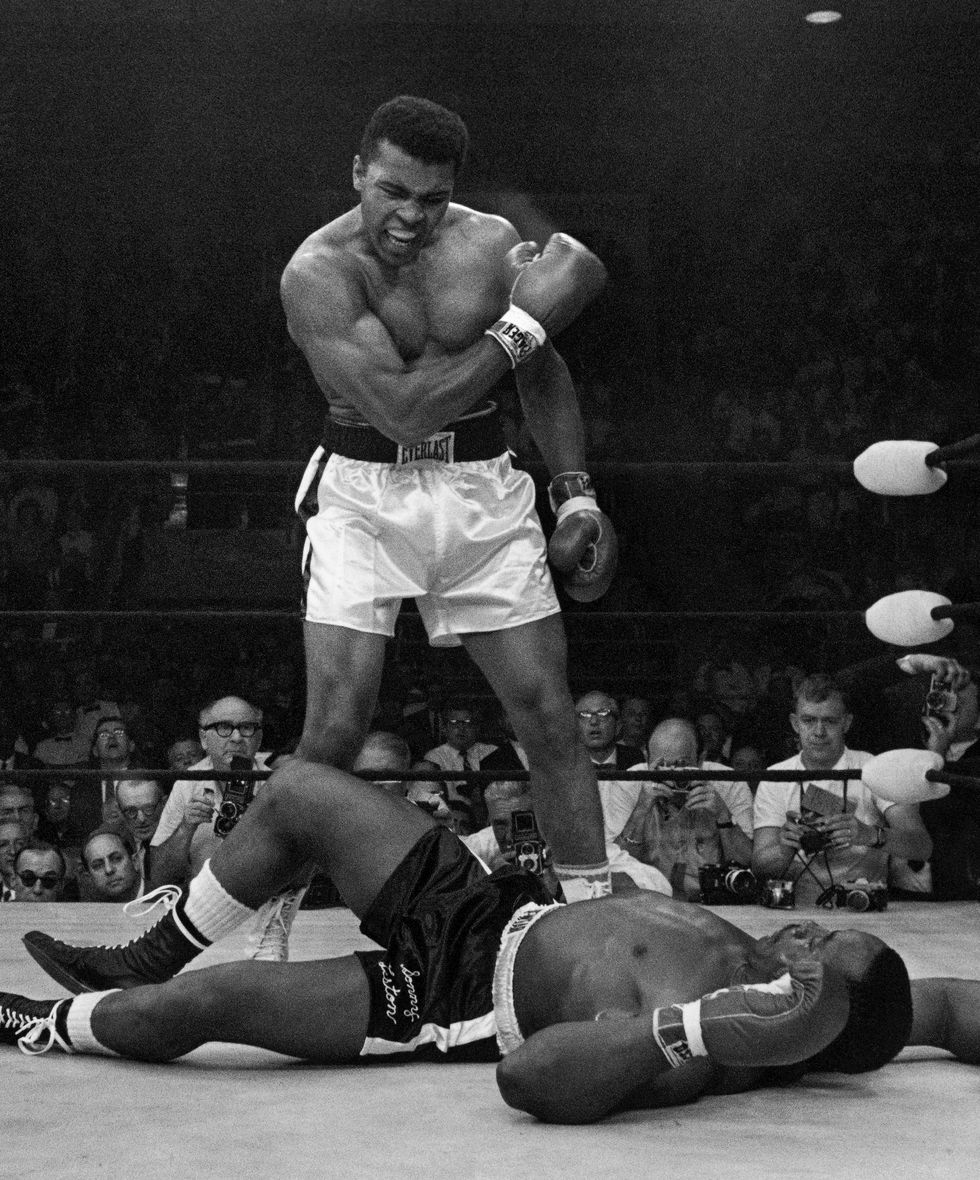
By John Rooney
Gandhi and His Spinning Wheel
One of the most famous photos of political figure Gandhi was taken by LIFE magazine writer Margaret Bourke-White and intended for a piece titled “India’s Leaders.” Though two pictures of Gandhi did make the article, this shot with the spinning wheel was not one of them.
Instead, it was run some months later — a small image above a short article about Gandhi’s views on natural medicine. Despite this, the picture gained widespread attention and is considered by many to be the best representation of Gandhi and his lifestyle — in which the spinning wheel played an extremely prominent role. It’s said that Gandhi and his followers all took time to spin every single day, with the great man even encouraging the photographer to spin with him too.
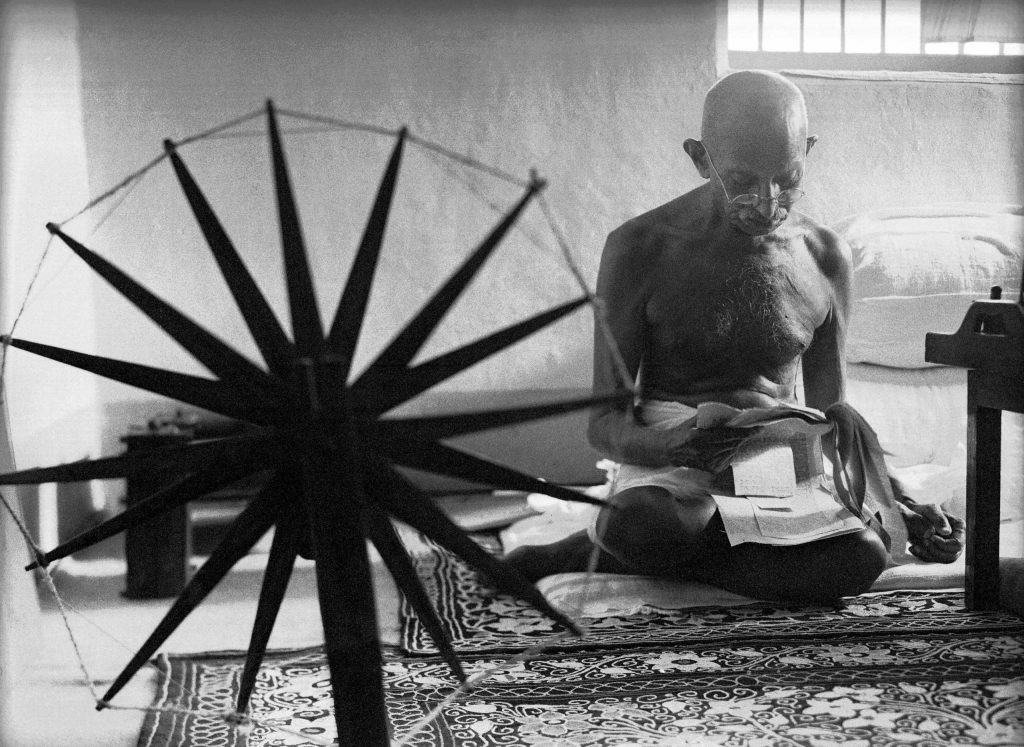
By Margaret Bourke-White
Einstein sticking his tongue out
Thanks to its appearances on everything from mugs and t-shirts to murals and corn fields, it’s highly unlikely for anyone to say they’ve never seen this image of the physicist Albert Einstein sticking out his tongue.
The thoroughly famous shot was taken on his 72nd birthday, and though he looks fairly cheerful, it was actually a display of annoyance aimed at some pesky paparazzi. He repeatedly asked them to leave, they repeatedly asked for a birthday picture, and the result was this photo. Because it seems to capture public impressions of his personality so well, the image spread around the globe and remains popular to this day.
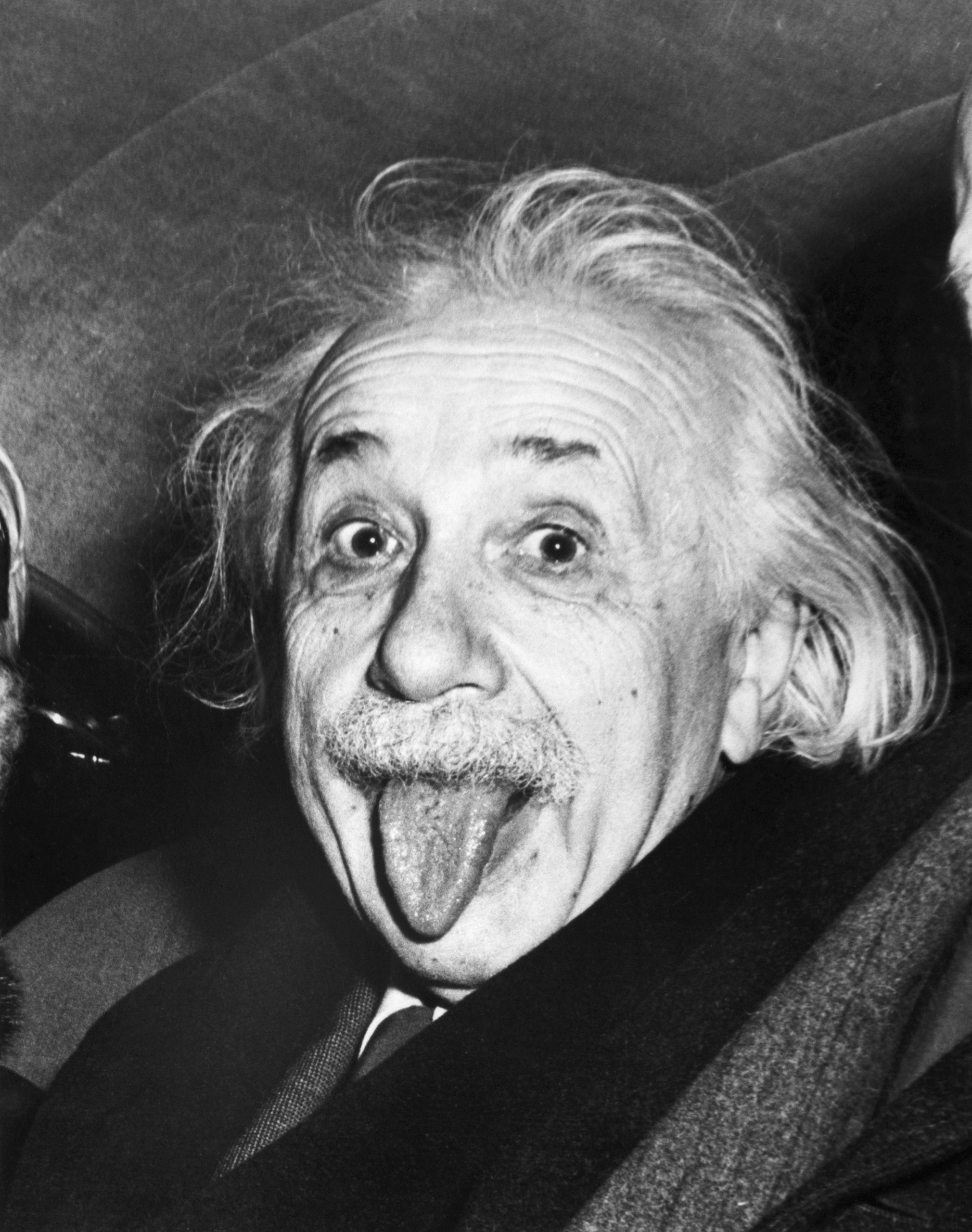
By Arthur Sasse
Preserve your family’s history with EverPresent
For individuals, every shot is as important to your family legacy as Ali’s picture was to sports or Raising the Flag was to the war effort. They preserve information, bring life to stories, and ensure the faces of those who came before us don’t become lost to history.
To make your family photos last as long as possible, we can help you digitize them. No matter how many photos you have, how old they are, or what state they’re in, we have the tech and the team needed to safely scan, digitize, and return your photos to you hassle-free. Reach out today for a free, no-obligation estimate!

